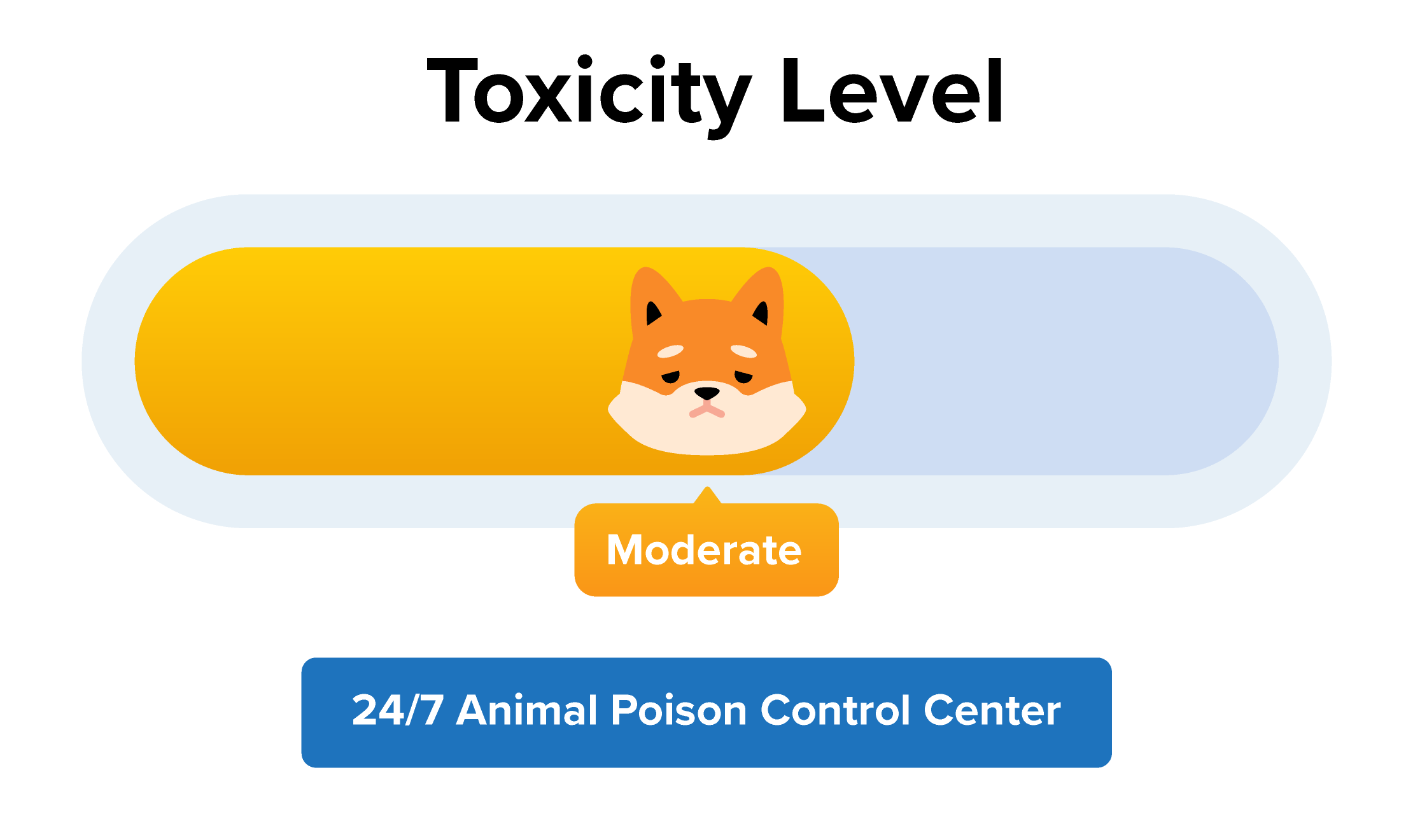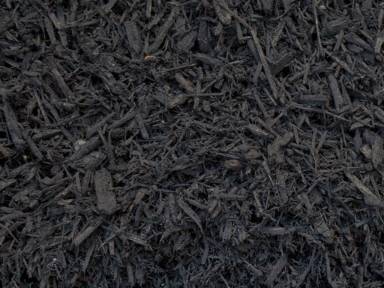Our homes are filled with all kinds of creepy crawlies, whether we like it or not. And one thing is sure dogs love to chase these crawly bugs! You may see your dog go after flies, ants, and even millipedes!
Connect with a verified veterinarian in minutes. Licensed vets are available 24/7 to answer your questions. No need to worry about your furry family member.
Why Do Dogs Chase & Eat Millipedes?
Dogs have a strong prey drive and love to play. When a dog sees a bug of any kind, even a millipede, he may go on the hunt for fun. If he catches the bug, your fur baby may accidentally ingest it. Yuck!
This behavior is pretty common in dogs. You might think of these activities as amusement and enrichment for our domesticated canines. If your dog becomes bored, he may have fun chasing and playing with bugs.
Dogs go after the strangest things sometimes. Has your dog ever hunted or played with a millipede? Did he eat the insect?
What is a Millipede?
Millipedes are long, black or reddish/brownish bugs that looks like they have a million legs. You’ve probably seen them crawling around your home or outside. When they feel threatened, these bugs usually roll into a tight ball to protect themselves.
Did you know that millipedes are not worms, but are a type of insect called an arthropod? An arthropod is a fancy name for a bug with a hard shell, a segmented body and lots of legs. And when we say lots of legs, we mean just that!
These bugs with many legs tend to live in damp spaces such as crawl spaces, basements, cellars, and even in sliding glass doors and windows. Outside, they love to live in mulch, compost, under stones and in leaf piles.
OK, we’re finished describing these creepy crawlies. We’re sure you’re feeling creeped out, so let’s move along to the next section!

Review symptoms, medications & behavior to keep your pets healthy with a Vet Online in just minutes.
Ask a Vet Live NowAre Millipedes Poisonous to Dogs?
Millipedes are not poisonous if eaten; however, if they feel threatened, millipedes will secrete a liquid as a defensive mechanism. The liquid comes from glands found in each of the bug’s body segments and is an irritant. The liquid contains hydrogen cyanide, and other substances. It is possible for some dogs to have an allergic reaction if they’re sprayed with this liquid.
Symptoms of Millipede Allergic Reaction in Dogs
Your dog may show some of these symptoms if he’s been sprayed by a millipede:
- Itching and scratching
- Hives or red marks (especially near or in his mouth, eyes)
- Swelling of the face, ears, lips, earflaps or eyelids
- Swollen, inflamed skin
- Diarrhea
- Vomiting and nausea
- Sneezing or snorting (may sound like coughing)
- Itchy, runny eyes
- Breathing difficulty
If you believe your fur baby has been sprayed by a millipede and is showing an allergic reaction, then call the vet immediately. Your dog needs to be treated as soon as possible, especially if he’s having breathing troubles.
Treatment of Allergic Reaction to Millipede Spray in Dogs
The type of treatment the vet uses will depend on the severity of your dog’s allergic reaction. If the reaction seems to be mild, then the vet may prescribe a round corticosteroids and diphenhydramine.
On the other hand, if your dog is having a severe allergic reaction, the vet treat your dog with IV fluids and medications. The IV allows the medication to enter your dog’s system faster to treat the reaction. The vet may also use injectable medications for a severe allergic reaction.
The good news is that most dogs will not have a severe reaction to millipede spray. However, if your dog is showing signs of difficulty breathing, this is a severe reaction that needs immediate treatment. Immediate treatment could save your dog’s life.
Keep Your Dog from Eating Millipedes
There are some steps you can take to keep your canine companion from eating millipedes, including:
- Regularly trim the grass and mow your lawn to keep it from retaining too much moisture.
- Keep firewood off the ground.
- Seal off entry points to your home with calking or a sealant.
- Use a chemical pesticide to prevent millipedes from entering the basement, baseboards, crawl spaces, and bathrooms. Be sure to buy products that are safe for your family and pets. If your home is infested with millipedes, call a professional pest exterminator.
- Teach your dog to “drop it” or “leave it” if you see him catch a millipede in his mouth.
These steps can keep millipedes out of your home or kill them if they should enter. If you don’t want to handle insecticide, it’s a good idea to call a professional pest exterminator to treat your home and yard to get rid of these multi-legged pests.
Connect with a verified veterinarian in minutes. Licensed vets are available 24/7 to answer your questions. No need to worry about your furry family member.

Kyoko
Kyoko is from a family of 3 and moved to New York with her parents and siblings when she was 13. Kyoko is fond of spending a great amount of time with pets, specifically her beagle Luna and cat Missy. Her boyfriend often complains that she spends too much time giving attention to their animals. Kyoko has written dozens of articles concerning pets and is aiming at owning a pet shop one day!
Review symptoms, medications & behavior to keep your pets healthy with a Vet Online in just minutes.
Ask a Vet Live Now




